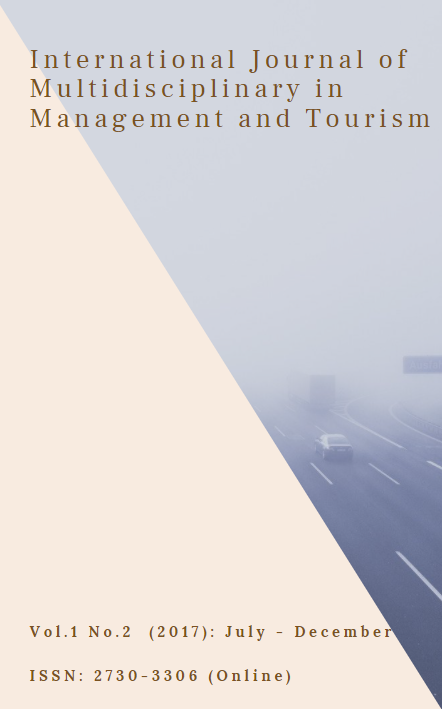India's Look East Policy and Its Implication on Southeast Asia
Main Article Content
Abstract
Since 1991 Transformation Of International System, None Of States Can Deny The Progress Of Indian Economy, Which Is Remarkable, As Well As The Increasing Of India’s Role In The Global Context. One Of The Main Strategies For India To Develop Its Economy Is “Look East Policy”. During The Cold War Period, India Seemed To Be A Threat To The Southeast Asian Countries Due To Its Intimate Association With The Soviet Union And Its Attempt To Become The Region’s Naval Power. Before (Re)Initiation Of “Look East Policy”, India Faced A Hardship In Country's Administration Because Of The Transformation In Both Internal And External Affairs. Domestically, India Was In Economic And Security Turbulence Caused By Political Instability And Terrorism. Consequently, New Delhi Needed To Liberalize Its Economy As Well As Secure National Stability. Nevertheless, The Change In International Community: The Dissolution Of The Soviet Union; The 1990 Gulf War Crisis; The Unstoppable Ascent Of China; The Frustrating Integration With South Asian Countries; And The Trends Of Globalization And Regionalism, Enormously Forced India To Alter Its Manner As Well. Significantly, In The Early 1990s, Southeast Asia, Actually The Entire Asia- Pacific, Is The Most Economic Vibrant Region In The World. On Geographical Aspect, India Needed To Cooperate With Southeast Asia To Facilitate State's Development And Maintain Position In Asia.
Hence, In 1991 India Under The Prime Minister Narasimha Rao Was Officially (Re)Initiate “Look East Policy”, Which Aims To Cultivate And Strengthen Economic And Strategic Relations With Southeast Asia. In The First Phase Of Implementing The Policy, India Focused Only On Southeast Asia Region, But After 2003 The Policy Is Extended To Cover The East Asia Region. By Adopting The “Look East Policy”, India Pursues The Engagement With The Asean Nations In Many Level Including Bilateral Integration; Regional Integration; And Multilateral Integration. All These Levels Of Engagements Have Been Encouraged The Intimate Relations Between India And Southeast Asia As Well As Distribute Developments Throughout The Region.
Article Details
References
Tr Jain And Vk Ohri. (2010). Indian Economic Development. New Delhi: V.K. Publication.
Nanda, P. (2003). Rediscovering Asia: Evolution Of India's Look East Policy. New Delhi: Lancer Publishers & Distributors.
Naidu, G.V.C. (1996). Looking East: India And Southeast Asia.
Raghavan, V. R. (2015). Consequences of Long-term Conflicts in Northeast India. India: Vij Books
Grare, F. & Mattoo, A.. (2001). India and Asean. New Delhi: Manohar.

